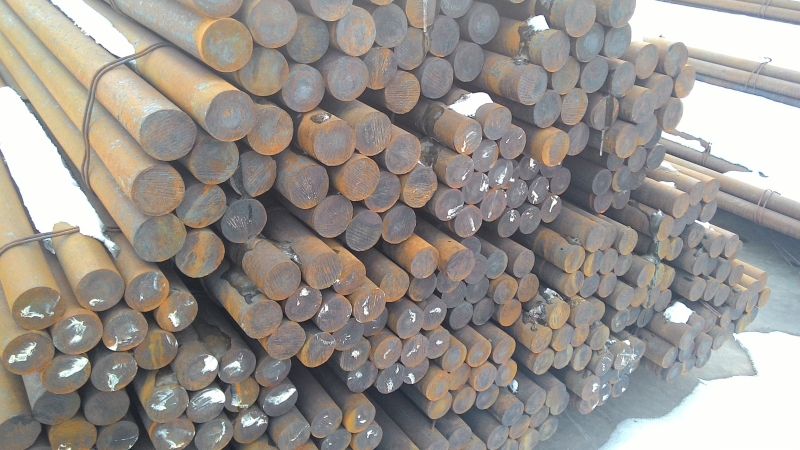The process of heating, holding, and cooling a metal in a solid state to improve or alter its properties and microstructure is called heat treatment. According to the different purposes of heat treatment, there are different heat treatment methods, which can be mainly divided into the following types:
(1) Annealing: In a annealing heat treatment furnace, the metal is heated at a certain heating rate to around 300-500 ℃ above the critical temperature, and its microstructure will undergo phase transformation or partial phase transformation. For example, when the steel is heated to this temperature, the pearlite will transform into austenite. Then keep it warm for a period of time, and then slowly cool it (usually with furnace cooling) until it is discharged at room temperature. This entire process is called annealing treatment. The purpose of annealing is to remove internal stress generated during hot working, homogenize the microstructure of the metal (to obtain an approximately balanced structure), improve mechanical properties (such as reducing hardness, increasing plasticity, toughness, and strength), and improve cutting performance. Depending on the annealing process, it can be divided into various annealing methods such as ordinary annealing, double annealing, diffusion annealing, isothermal annealing, spheroidizing annealing, recrystallization annealing, bright annealing, complete annealing, incomplete annealing, etc.
(2) Normalizing: In a heat treatment furnace, the metal is heated at a certain heating rate to around 200-600 ℃ above the critical temperature, so that the microstructure is completely transformed into uniform austenite (for example, at this temperature, the ferrite is completely transformed into austenite in the steel, or the secondary cementite is completely dissolved in austenite), and kept for a period of time, Then it is placed in the air for natural cooling (including blowing cooling, stacking for natural cooling, or individual pieces for natural cooling in calm air), and the entire process is called normalizing. Normalizing is a special form of annealing, which, due to its faster cooling rate than annealing, can obtain finer grains and uniform microstructure, improve the strength and hardness of the metal, and have good comprehensive mechanical properties.
(3) Quenching: In a heat treatment furnace, the metal is heated at a certain heating rate to around 300-500 ℃ above the critical temperature, so that the microstructure is completely transformed into uniform austenite. After holding it for a period of time, it is quickly cooled (cooling medium includes water, oil, salt water, alkaline water, etc.) to obtain martensitic structure, which can significantly improve the strength, hardness, and wear resistance of the metal. The rapid cooling during quenching leads to a sharp structural transformation that generates significant internal stress and increases brittleness. Therefore, it is necessary to conduct tempering or aging treatment in a timely manner to obtain high strength and high toughness properties. Generally, quenching treatment alone is rarely used. Depending on the object and purpose of quenching treatment, quenching treatment can be divided into various quenching processes such as ordinary quenching, complete quenching, incomplete quenching, isothermal quenching, graded quenching, bright quenching, high-frequency quenching, etc.
(4) Surface quenching: This is a special method of quenching treatment that utilizes various heating methods such as flame heating, high-frequency induction heating, power frequency induction heating, electric contact heating, electrolyte heating, etc. to quickly heat the surface of the metal above the critical temperature, and quickly cool it before the heat can enter the metal interior (i.e. quenching treatment)
Post time: Oct-08-2023


